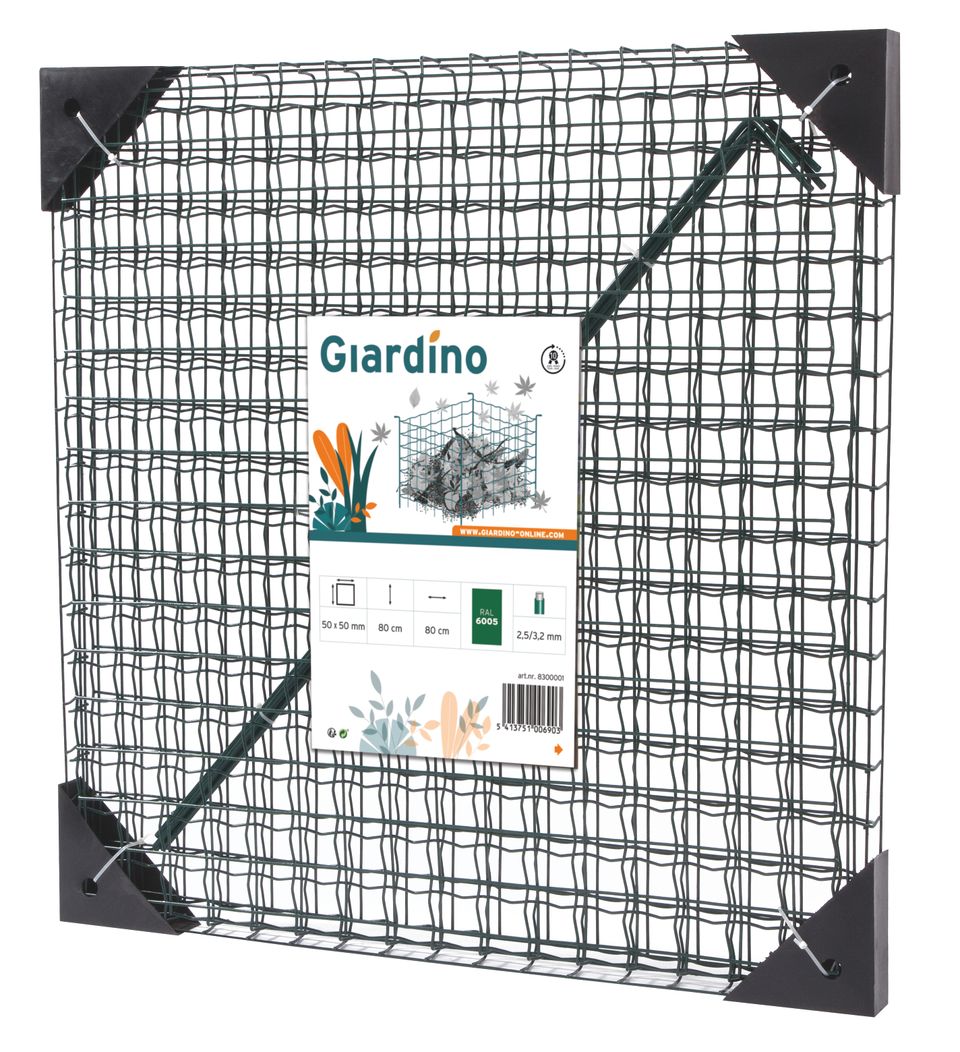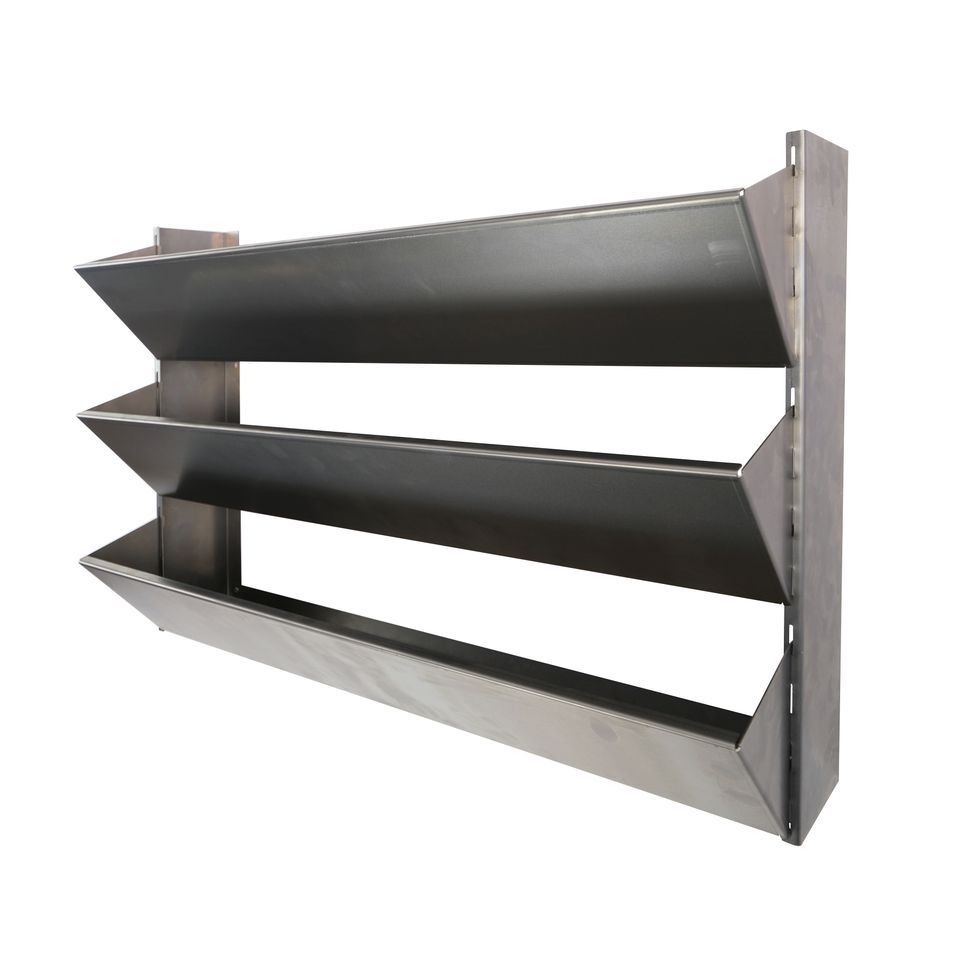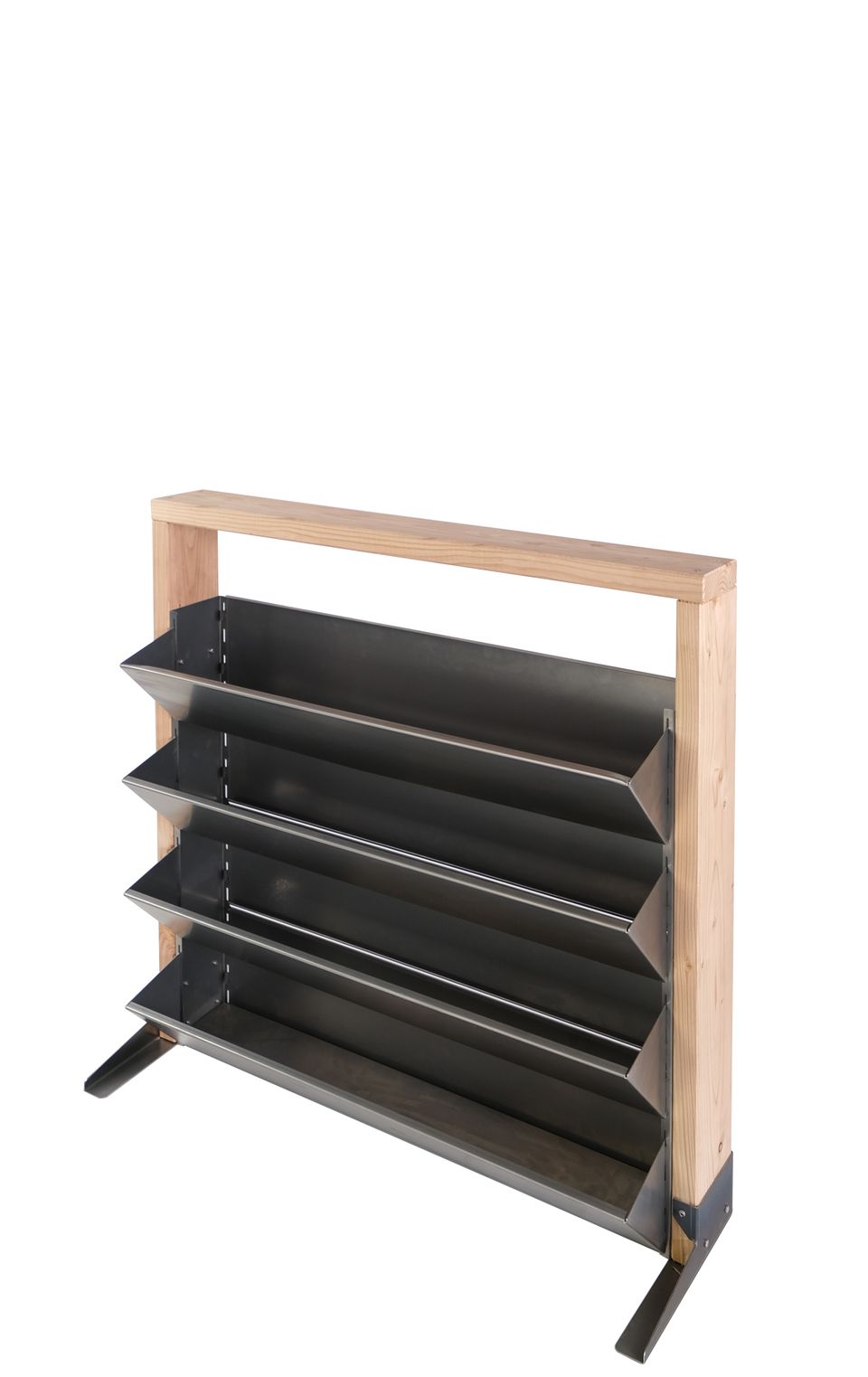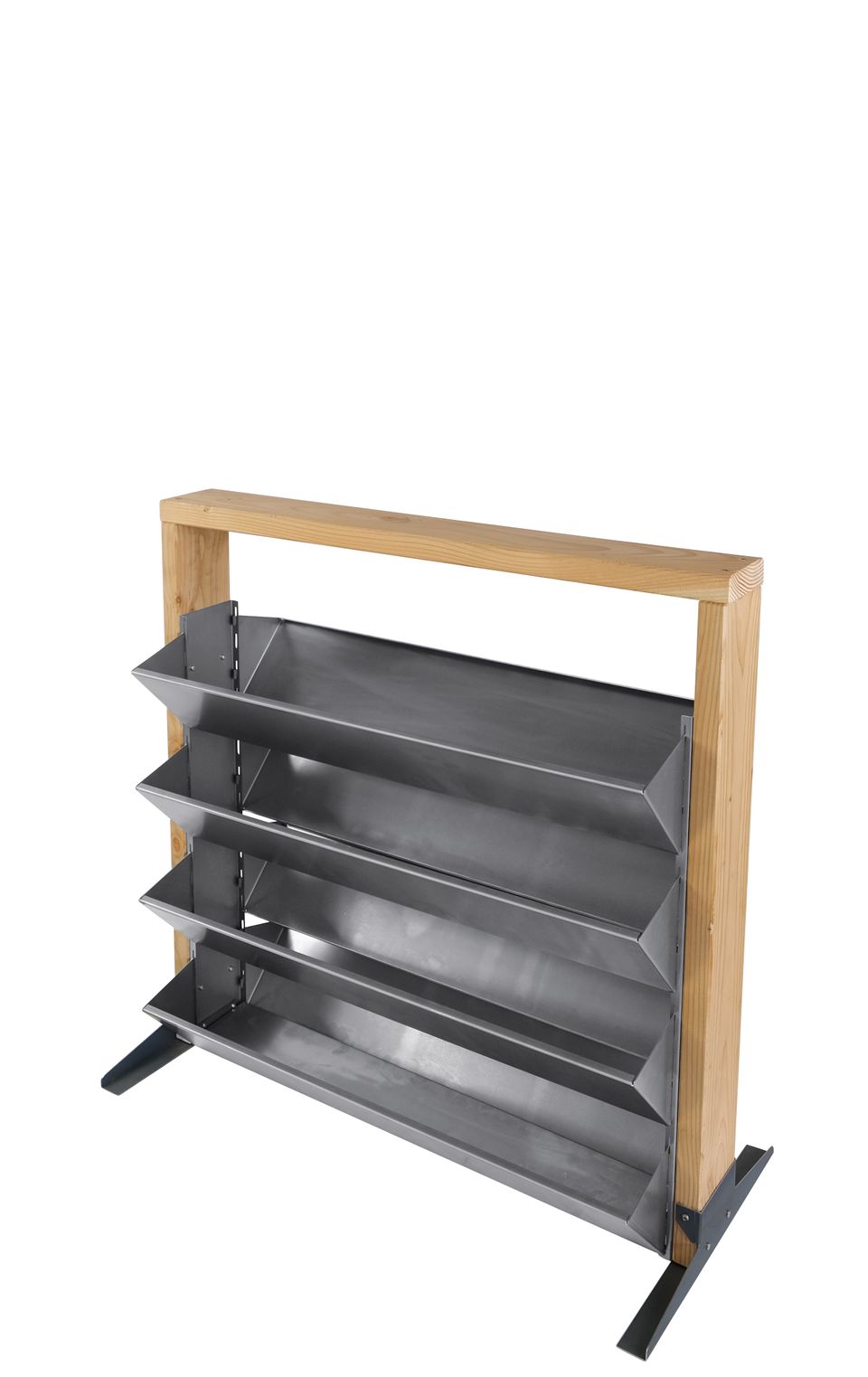From seed to taste: your first steps in the vegetable garden
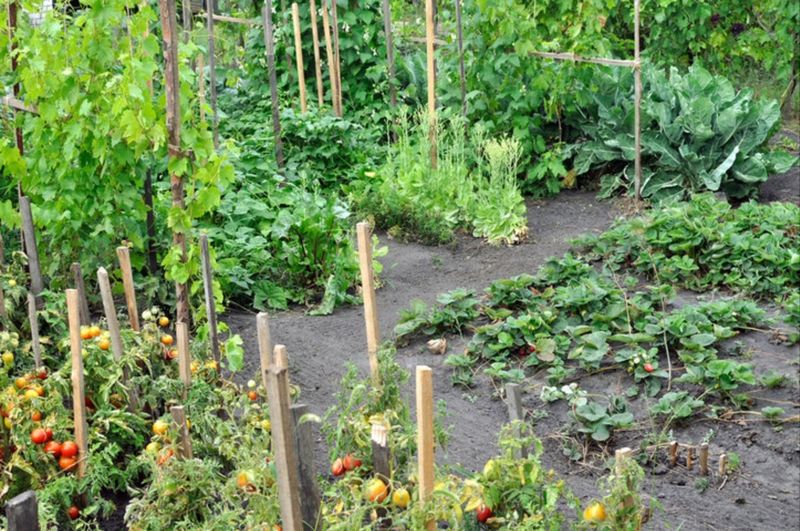
From Seed to Flavor: Your First Steps in the Vegetable Garden
The idea of starting your own vegetable garden is not only fun but also incredibly satisfying. You have the chance to grow your own fresh vegetables and herbs, and who wouldn't want to enjoy home-grown produce? Whether you have a large garden or just a small balcony, a vegetable garden can be created anywhere. In this blog post, we'll explain step-by-step how to successfully set up your own vegetable garden.
Step 1: Choose the Right Spot
The location of your vegetable garden is essential for a successful harvest. Most vegetables need plenty of sunlight to grow well, so find a spot that gets at least 6 hours of sun per day. This applies to crops like tomatoes, zucchini, and carrots. Avoid shady spots, such as under trees, where the sun doesn't penetrate well.
Do you have a small balcony or limited space? No problem! You can create a vegetable garden even in a small space. Consider raised beds or vertical gardening, such as a garden wall. They make optimal use of space and are perfect for a city garden.
Step 2: Decide what you want to grow
Now that you've found the perfect location, it's time to decide which vegetables and herbs you want to grow. It's important to consider your available space and your own preferences. Some vegetables that are ideal for beginners are:
- Tomatoes: These do well in pots or raised beds and prefer sunny locations.
- Radishes: They're quick to harvest and require little maintenance, perfect if you want quick results.
- Lettuce and spinach: They grow quickly and are ideal for smaller gardens or even balcony boxes.
- Carrots: They require loose, well-draining soil, but grow well in the ground or raised beds.
- Courgettes: They need a bit more space, but they produce a bountiful harvest.
Herbs like basil, mint, and parsley are also ideal for beginners. They can even be grown in small pots and are a good fit for a balcony or small garden.
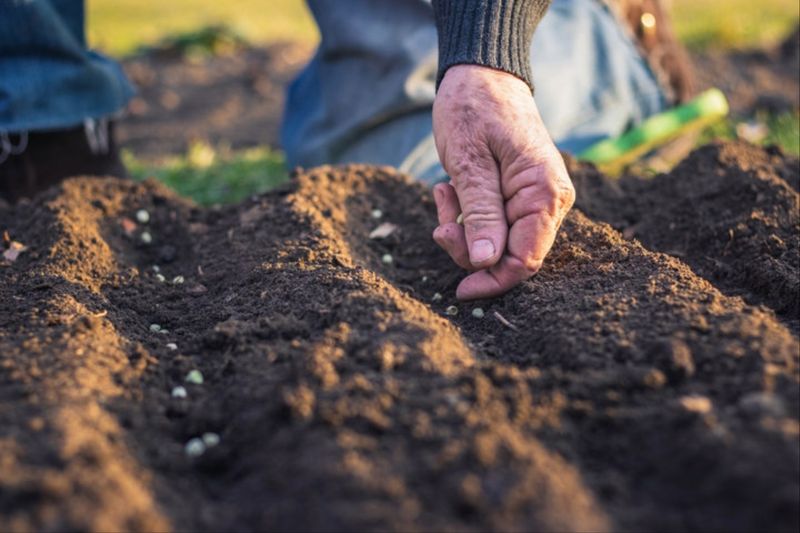
Step 3: Prepare the soil
Good soil is essential for the success of your vegetable garden. Healthy soil produces strong, thriving plants. If your soil is heavy (such as clay), it's important to improve its structure so the roots can breathe better and water doesn't stagnate.
Using a raised bed gives you much better control over the soil. Make sure the bed is well-filled with a mixture of soil, compost, and other organic materials. This helps create a nutrient-rich environment for your plants to thrive.
Tip: Use a compost silo to convert organic waste like vegetable and fruit scraps, grass clippings, and leaves into nutritious compost. You can use this compost to enrich the soil in your vegetable garden. Optimal crop growth is a logical consequence.
Step 4: Sow at the right time
Timing is everything in the vegetable garden! Not all vegetables can be sown year-round, so it's important to know when to plant each crop. Here are some general sowing tips:
- Spring (March-May): This is the ideal time to sow leafy greens like lettuce, spinach, carrots, and radishes.
- Summer (June-August): The summer months are perfect for warmer-season crops like tomatoes, zucchini, and beans.
- Fall (September-November): Some winter-hardy crops, like kale and lamb's lettuce, can be sown in the fall for a winter harvest.
It's wise not to sow everything at once. By planting your seeds over a period of several weeks or months, you can get a steady harvest. This prevents you from suddenly being buried under a mountain of vegetables. After all, you don't want to eat a head of lettuce for breakfast, lunch, and dinner every day!
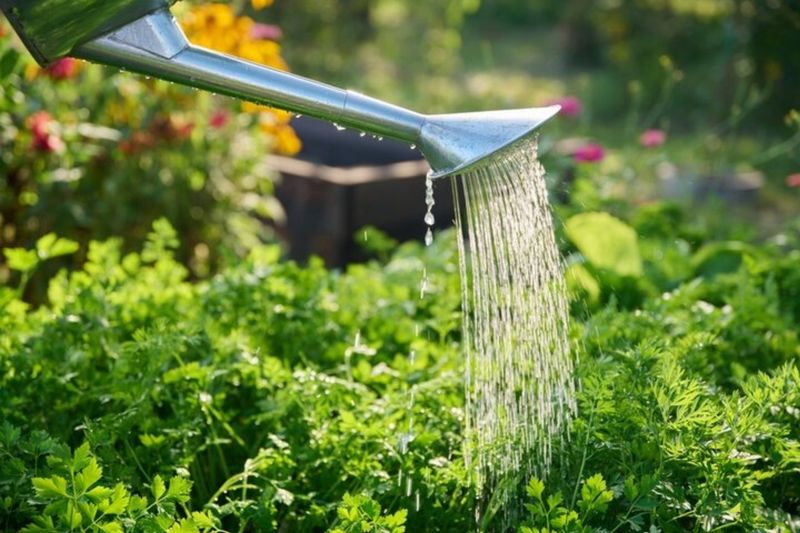
Step 5: Maintain Your Vegetable Garden
Your vegetable garden needs regular maintenance to stay healthy and productive. Fortunately, most tasks aren't too time-consuming, but they are important for the growth of your plants. Here are some things to keep in mind:
- Watering: Water your plants regularly, especially during dry spells. Make sure the soil is moist, but not too wet. Use a watering can or drip system for even watering.
- Weeding: Weeds can compete with your vegetables for water and nutrients. It's important to weed regularly, especially in the early stages of growth.
- Supporting Plants: Some plants, like tomatoes, need support to grow upright. Use a stake or a piece of garden wire to guide them upward.
- Using Compost: Compost helps retain soil moisture, which will benefit your plants during dry spells. It also improves soil structure, allowing your plants to thrive.
Step 6: Protect your vegetable garden
Your vegetable garden can be threatened by various pests, such as snails, birds, rabbits, or even pets like cats and dogs. Fortunately, there are several effective ways to protect your plants.
One of the simplest methods is using mesh or garden wire to create a barrier. This prevents animals like rabbits, birds, and cats from damaging your crops. It's an effective and humane way to protect your garden without using chemicals.
Companion planting is also a useful technique where you plant plants next to each other that support each other and deter unwanted insects. For example, basil next to tomatoes can help repel aphids, while combinations like garlic with carrots or onions with lettuce facilitate the use of natural insect repellents.
Mulch is also a great way to protect your garden. It not only helps keep the soil moist but also prevents weeds from growing. Furthermore, mulch provides a natural barrier against pests like snails and other soil-dwelling insects.
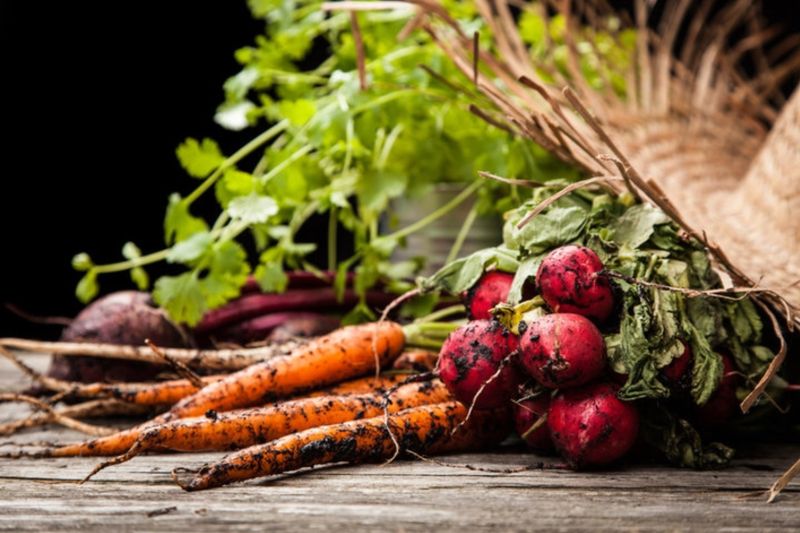
Step 7: Harvest and enjoy!
The moment you harvest your own vegetables is, of course, the highlight of the process. When your vegetables are ripe, you can pick them and savor the flavor of your own work. Make sure you harvest your vegetables at the right time: tomatoes, for example, are best when fully ripe, while lettuce is often better when it's still young and tender.
When you harvest, you can use compost to re-enrich the soil. This ensures you can plant and harvest even more vegetables next season.
Conclusion
Setting up your own vegetable garden is a rewarding and sustainable way to grow fresh produce. It does take some work and attention, but with the right preparation and care, you can enjoy healthy vegetables that you've grown yourself. Create a solid foundation with healthy soil, a strategic location, and a little patience. Before you know it, you'll be reaping the fruits of your labor.
